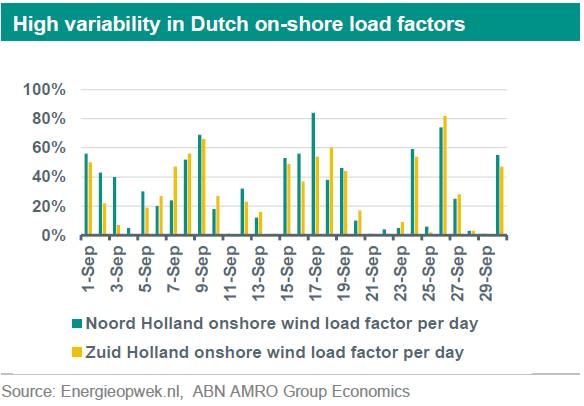Sustainaweekly - Not-so-green hydrogen perhaps a necessary evil

European Parliament voted in favour of leniency against green hydrogen produced by grid power. The idea is therefore to scrap the hourly matching principle and move towards a monthly, quarterly or even annual matching of renewable power to the electrolyser. Which makes sense given EU’s ambition to reach 10mn tonnes of renewable hydrogen by 2030.
Recently the rules on what constitutes green hydrogen were tweaked. The objective behind the rules set by the European Union is to ensure that green hydrogen is produced from an (additional) source of renewable electricity. This matters most when an electrolyser is connected to the grid, where obviously multiple sources of electricity (renewable and conventional) are simultaneously flowing through the grid’s power cables and identifying the exact source becomes difficult. Green hydrogen producers might prefer a grid solution as large scale green hydrogen pipelines and storage (such as Gasunie’s green hydrogen backbone) are not yet available.
A couple of weeks ago the European Parliament voted in favour of leniency against green hydrogen produced by grid power. Under the original draft delegated act, the production of green hydrogen when the electrolyser is connected to the grid required temporal correlation. Temporal correlation requires an hourly matching of available renewable power on the grid against what the electrolyser is able to churn out. While it might be the purest of approaches, the problem starts when weather and therefore the load factor become variable. For example, if there’s a sunny day with limited clouds then solar panels should have a stable output between dusk and dawn and the hourly temporal correlation principle would work. However, if there’s a rain shower between 10.00 am and 11.00 am, while this is followed-up by a very bright sky after 12.00 am till dawn, there’s less electricity going into the electrolyser in the morning and too much in the afternoon as the electrolyser capacity might not be strong enough to cope with the strong load caused by the bright sky. The running time of the electrolyser would be inefficient if hourly matching is required, which would obviously bump up the cost price of green hydrogen. However, if the solar panel output would have been aggregated and proved to be the same output as during a normal sunny day with limited clouds, the electrolyser would not need to have produced less because the extra load in the afternoon would have compensated for the low load in the morning and it could have therefore run on conventional electricity during the 10-11am time window.
We looked at a hypothetical variable weather pattern in our example above, but variability really starts to kick-in on a monthly level. The chart below shows the realized load factors on Dutch on-shore wind energy in two provinces which are populated by large industrial activities, namely Noord Holland and Zuid Holland. Clearly, there have been many days where on-shore wind output was close to zero. Yet the average load has been roughly 30% and under a monthly temporal correlation scheme the electrolysers would not needed to switch off when the load was close to zero such as on the 14th or 21st of September.

The idea is therefore to scrap the hourly matching principle and move towards a monthly, quarterly or even annual matching of renewable power to the electrolyser. This is a similar to what is agreed for example in the Dutch domestic solar power space where annual settlement is applied.
Indeed, until large scale battery solutions become available which allow for storage of renewable energy, expanding the time horizon is a good proposition, simply because renewables in a large part of Europe exhibit huge amount of variability in their output. According to Bloomberg New Energy Finance, the cost to produce green hydrogen through the grid under a more lenient temporal correlation drops by nearly a third to $6.18 per kg. A lower cost proposition helps when Europe still has a long learning curve ahead to get to desired large scale production of 10mn tonnes renewable hydrogen in 2030. We will have to take the high conventional power consumption and therefore also the tolerance of less green hydrogen than envisaged as a given to reach this goal without the burden being back-ended to the end of this decade. In the amendment to the delegated act, the European parliament also applied more leniency towards the need for dedicated renewable capacity.
This article is part of the Sustainaweekly of 10 October 2022
